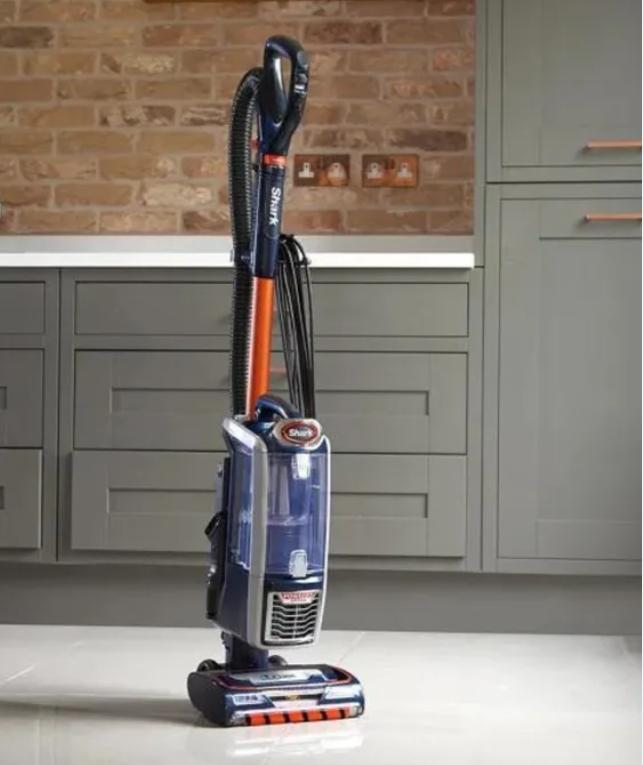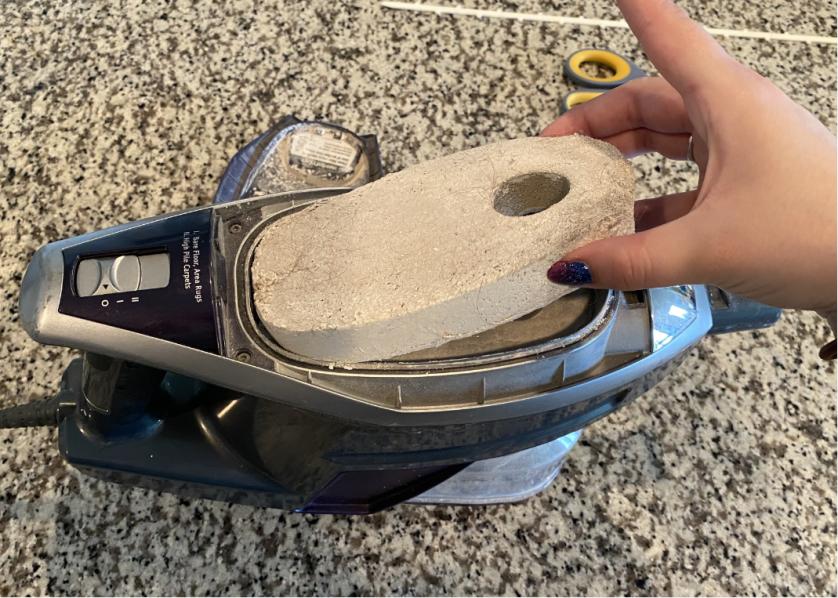How to Unclog a Shark Vacuum in Easy Steps
Effective vacuuming ensures a clean home, but what happens when your Shark vacuum loses suction? This common issue can be frustrating and lessen the efficiency of your cleaning routine. Fortunately, unclogging a Shark vacuum is simpler than it seems and can be done with minimal tools. Knowing the precise steps to follow can help you resolve suction problems quickly and safely. This guide provides a detailed, step-by-step process that anyone can follow, ensuring your Shark vacuum is back to its optimal performance in no time.

Why Is Your Shark Vacuum Losing Suction?
Shark vacuums are known for their powerful suction and durability. However, over time, they may lose suction, diminishing their cleaning performance. Common reasons for this include clogs in the hose, brush roll, or filters. Debris like hair, dust, and small objects can obstruct the airflow, leading to reduced efficiency.
Another reason might be dirty or clogged filters. Shark vacuums use different filters, including pre-motor and HEPA filters. These need regular cleaning to ensure optimal performance. Additionally, a full dust cup can restrict airflow, causing suction issues. Regular maintenance is crucial for preventing these common problems, ensuring your Shark vacuum remains effective and prolongs its lifespan.
How to Unclog a Shark Vacuum: Step-by-Step Guide
Step 1: Turn Off and Unplug the Vacuum
Safety first! Always turn off and unplug your vacuum before starting the unclogging process to avoid any risk of electric shock or injury.
Step 2: Check for Blockages in the Hose
Examine the vacuum hose for any visible blockages. Detach the hose and use a long, flexible brush or a broom handle to push out any debris stuck inside. Ensure the hose is clear before reattaching it to the vacuum.
Step 3: Inspect the Brush Roll and Remove Debris
Turn the vacuum over to access the brush roll. Remove any hair or strings wrapped around the brush using scissors. Check the ends of the brush roll for any obstructions. Once clean, reinstall the brush roll securely.
Step 4: Clean the Filters Thoroughly
Locate and remove the filters from your Shark vacuum. Depending on the model, you might have multiple filters. Rinse the filters under lukewarm water until the water runs clear. Allow them to air dry completely before reinserting them into the vacuum. Never use a wet filter, as it can damage the vacuum.
Step 5: Examine the Dust Cup and Air Pathway
Empty the dust cup and clean it thoroughly. Check the air pathway for any clogs or obstructions. You can use a damp cloth to wipe out any dust or debris, ensuring the airflow remains unrestricted.

Step 6: Reassemble and Test the Vacuum
After cleaning all components, reassemble the vacuum. Plug it back in and turn it on to check if the suction has been restored. If you notice an improvement, your hard work paid off! If not, there might be other underlying issues that need professional attention.
How Often Should You Unclog or Clean Your Shark Vacuum?
Regularly cleaning your Shark vacuum is essential for maintaining its efficiency. Ideally, you should clean the filters monthly and check for blockages after every use. The dust cup should be emptied and cleaned after every vacuuming session to prevent buildup. By integrating these simple maintenance routines into your cleaning schedule, you can avoid the inconvenience of a clogged vacuum and ensure your Shark vacuum continues to perform at its best.
Common Mistakes to Avoid When Unclogging
When unclogging your vacuum, avoid using sharp objects that can damage the internal components. Always let filters dry completely before reusing them to prevent motor damage. Never forcefully reassemble parts, as this can lead to improper fitting and further issues. Being gentle and methodical during maintenance can help you avoid these common pitfalls.
Conclusion
Restoring your Shark vacuum’s suction power involves a few straightforward steps that anyone can perform at home. By regularly cleaning and maintaining your vacuum, you can ensure it remains in top-notch condition, providing reliable and efficient performance. Remember to prioritize safety by unplugging your machine before any maintenance. Ensuring clear pathways, clean filters, and debris-free brush rolls will keep your Shark vacuum operating smoothly. Regular upkeep not only extends the life of your vacuum but also enhances its effectiveness, making your home cleaning routine effortless and more efficient.
FAQ (200 words)
Can I wash Shark vacuum filters with soap and water?
Yes, you can wash Shark vacuum filters with mild soap and water. Ensure they are thoroughly rinsed and completely dry before reinserting them into your vacuum. This helps maintain optimal performance and prevents damage to the motor.
How do I know if my Shark vacuum is clogged?
Signs of a clogged vacuum include reduced suction power, unusual noises, and overheating. If you notice these symptoms, check for blockages in the hose, brush roll, filters, and dust cup as described in the guide.
What if unclogging doesn’t fix the suction problem?
If the vacuum still struggles with suction after unclogging, it might be a more serious issue such as a broken belt, damaged hose, or internal motor problems. In such cases, it’s best to seek professional repair services to diagnose and fix the problem efficiently.
